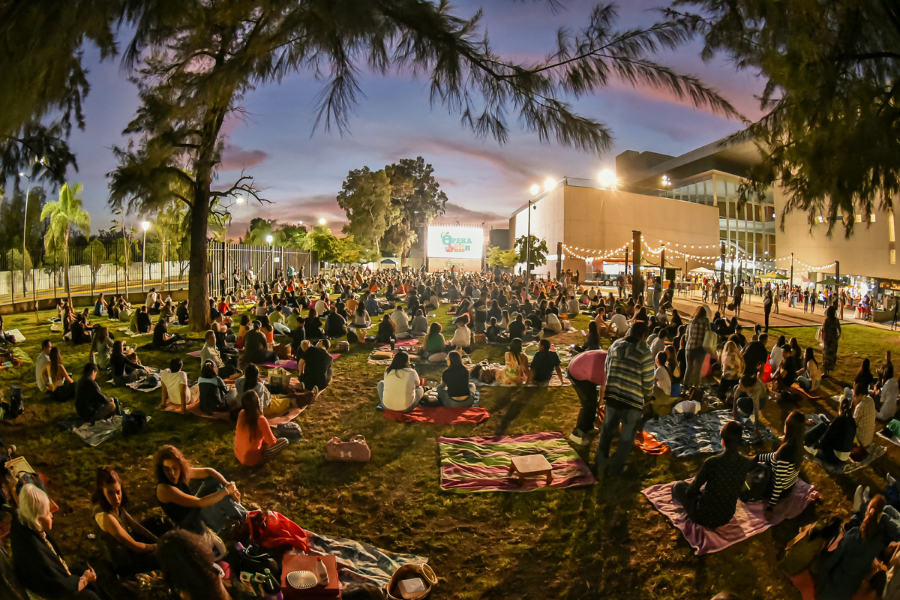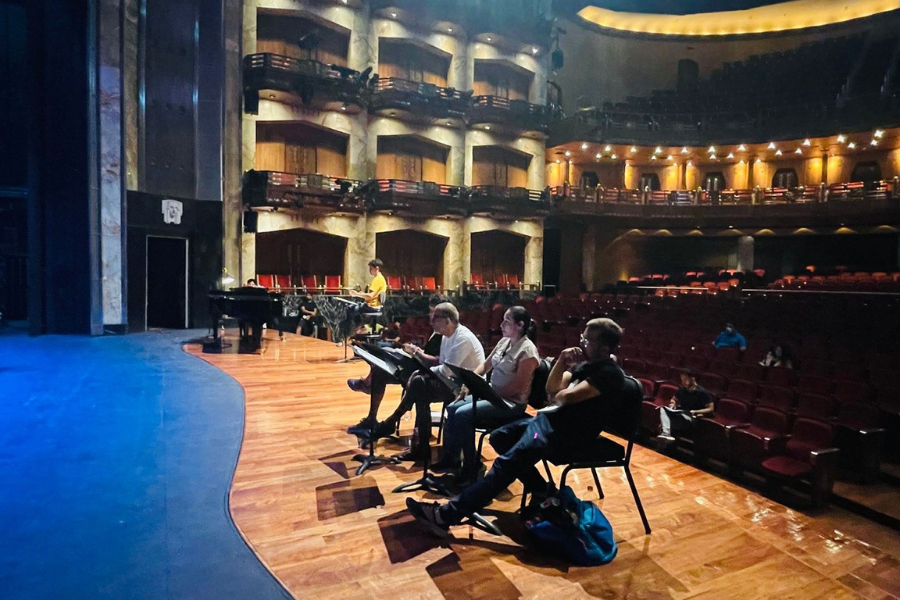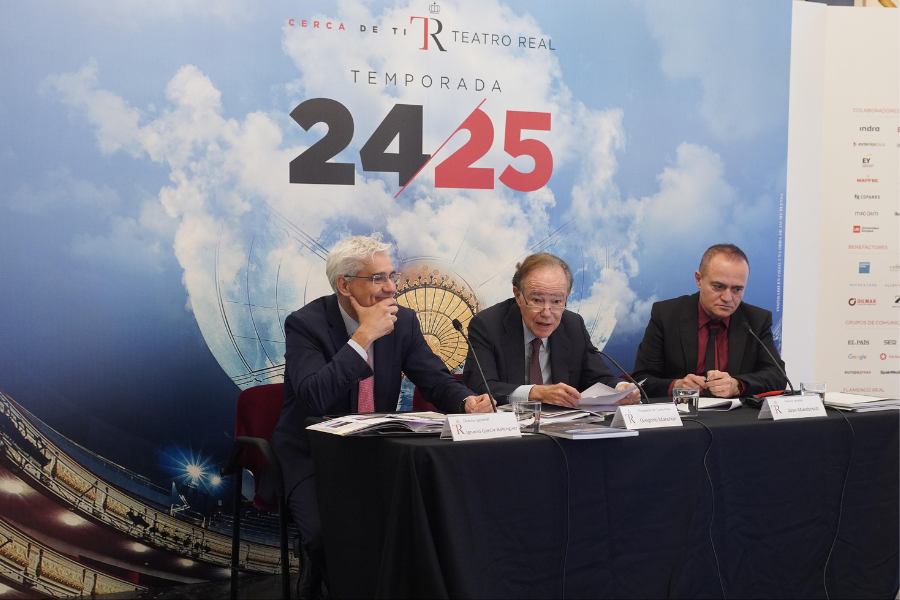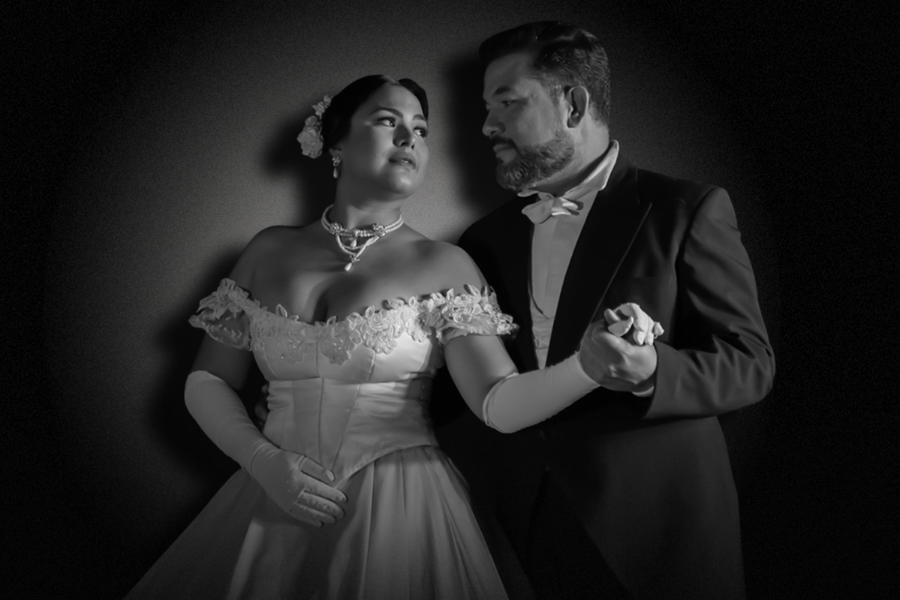In the context of 500 years of Indigenous Resistance, Opera de Bellas Artes presents “Montezuma” by Carl Heinrich Graun
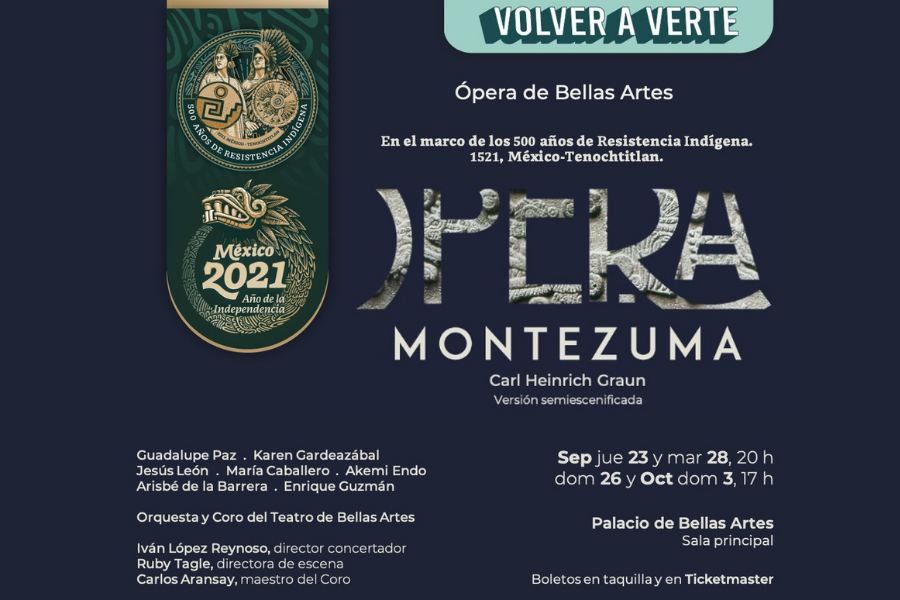
Four performances will be offered on September 23, 26 and 28, and October 3.
The National Opera Company will present, in semi-staged format, a new production of Montezuma, by Carl Heinrich Graun. With this title, the first operatic work since the beginning of the pandemic is offered to the public, at the Palacio de Bellas Artes. The last time it was staged at the Palacio de Bellas Artes, was in 1992; This time he returns to this site to commemorate the 500 years of indigenous resistance, Mexico-Tenochtitlan.
Montezuma is a three-act musical tragedy, with music by Carl Heinrich Graun (1704-1759) and Italian libretto by Giampietro Tagliazucchi, from the French original written by King Frederick II of Prussia, who was the composer’s patron.
It was premiered on January 6, 1755 at the Royal Opera in Berlin, “by order of his royal majesty”, Frederick II of Prussia, “the Great”, who had a great influence on the composer’s operatic creation, in addition to writing the librettos for several of the operas composed at his court.
Montezuma is a mythical work. Like many others written in the 18th century on the so-called “New World”, the libretto is written according to the canons of the time, in which stories with idyllic ingredients and intrigues predominated, in which real characters coexisted with fictional characters. , often giving rise to stories that must be read as artistic works related to that specific historical moment.
With a musical score of great value, Montezuma by Graun allows one to read the empathy that Frederick II had towards the Aztec emperor Moctezuma II (Montezuma, in his work). At the same time, the rejection he felt towards Cortés and the Spanish crown is evident. In a letter written to Count Francesco Algarotti, regarding the writing of his libretto, he notes: “You know, of course, that I will be on Montezuma’s side and that Cortés will be the tyrant.” According to the stage director of this production, Ruby Tagle, this is the starting point of his proposal: “Cortés identifies with Montezuma and dreams of the greatness of the Aztec emperor, seeing himself in him”.
Originally written for castrati singers, in contemporary times different cast members have been chosen. The most recurrent is the one that combines mostly female singers, to replace the emasculated soloists of the original version. For Iván López Reynoso, concert director, the criterion has been the definition of the colors of each of the voices and characters, “to take advantage of the richness of nuances contained in the musical score”.
The opera anecdote features Montezuma, who receives the news of the arrival of the Spanish. Close to marrying Eupaphorice, he welcomes foreigners and invites them to her wedding, despite his fiancée’s doubts. The Spanish take advantage of the diligent reception and imprison Montezuma, whom they keep in chains in his palace. Cortés offers to save his life if he abandons his gods, political power, and the hand of Eupaphorice, in whom the conqueror has an interest. Montezuma refuses the intruder’s demand and indulges in his fatal fate. Eupaphorice shows her complete rejection and contempt of Cortés and takes her life, plunging a dagger into her own chest. In the background, the city burns in flames as it is sacked by Spanish soldiers.
The cast is made up of the mezzo-soprano Guadalupe Paz in the leading role of Montezuma, “Emperor of Mexico”; soprano Karen Gardeazábal will interpret Eupaforice, “queen of Tlaxcala, fiancee of Montezuma”; the tenor Jesús León will sing the character of Ferdinando Cortés, “commander of the Spaniards”; María Caballero, as Tezeuco, “official of the imperial crown”; Akemi Endo will be Pilpatoé, “imperial general”; Arisbé de la Barrera will represent Erissena, “the queen’s confidant” and the tenor Enrique Guzmán as Narvès, “Spanish captain”. For his part, Carlos Aransay is the guest conductor of the Choir, all of them, together with the Orchestra and the Choir of the Teatro de Bellas Artes, perform under the conducting baton of Iván López Reynoso.
The creative team of this semi-staged version includes Ruby Tagle in the stage direction, Jesús Hernández in the design and realization of the scenery and lighting; Carlo Demichelis is in charge of the wardrobe, Cinthia Muñoz designs and performs makeup and hairdressing.
Four performances will be presented, on September 23, 26 and 28 and October 3, in the Main Hall of the Palacio de Bellas Artes.
As sanitary measures for the performance of these functions, all participants have submitted to the protocols that the Palace of Fine Arts has established for the use of its facilities. Such measures include the use of face masks, acrylic shields, and PCR testing for the soloists.
As part of the care established by the enclosure, it is considered 30% occupancy in the lunette and amphitheater sections. The performances will last approximately one hour 45 minutes without intermission. There will be sanitary filters at all entrances, both for artists and INBAL staff, as well as for the public. The attending public will be asked to permanently use face masks and avoid crowds within the facilities. The hand program will be available through a QR code at the entrance of the property.




